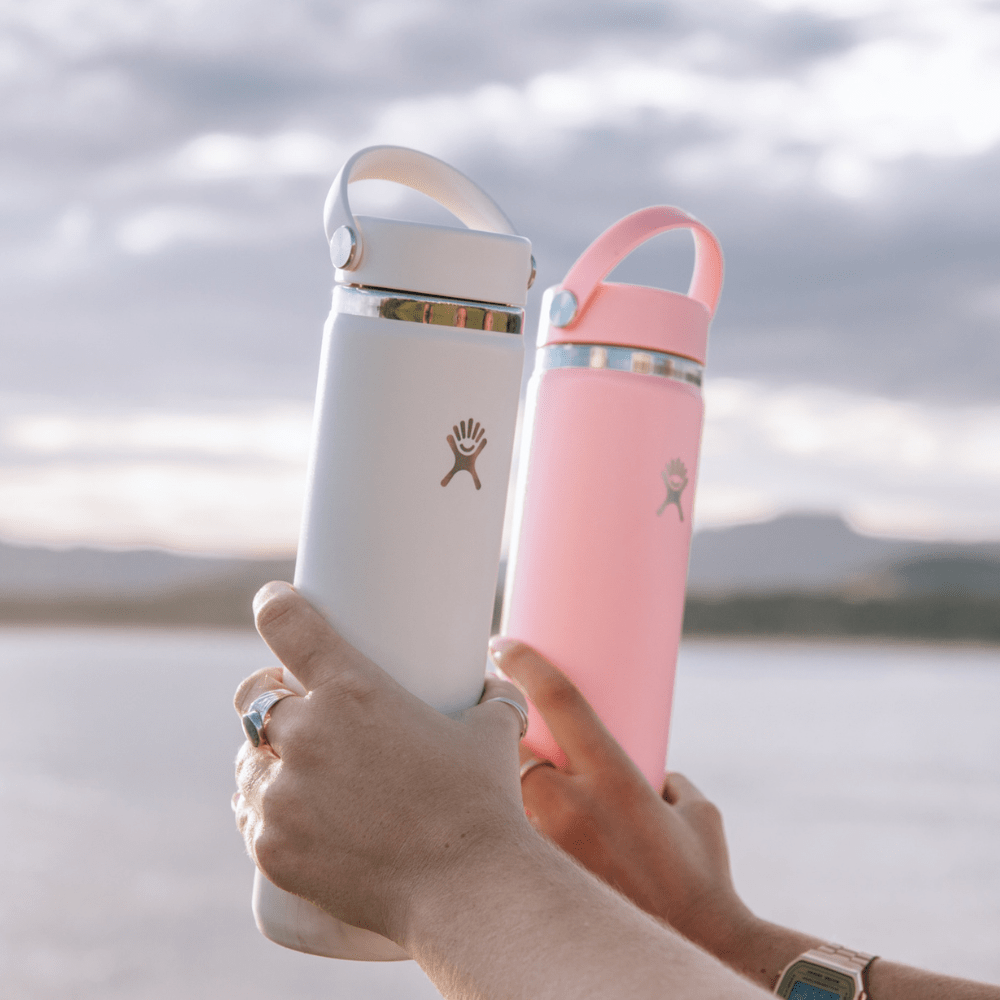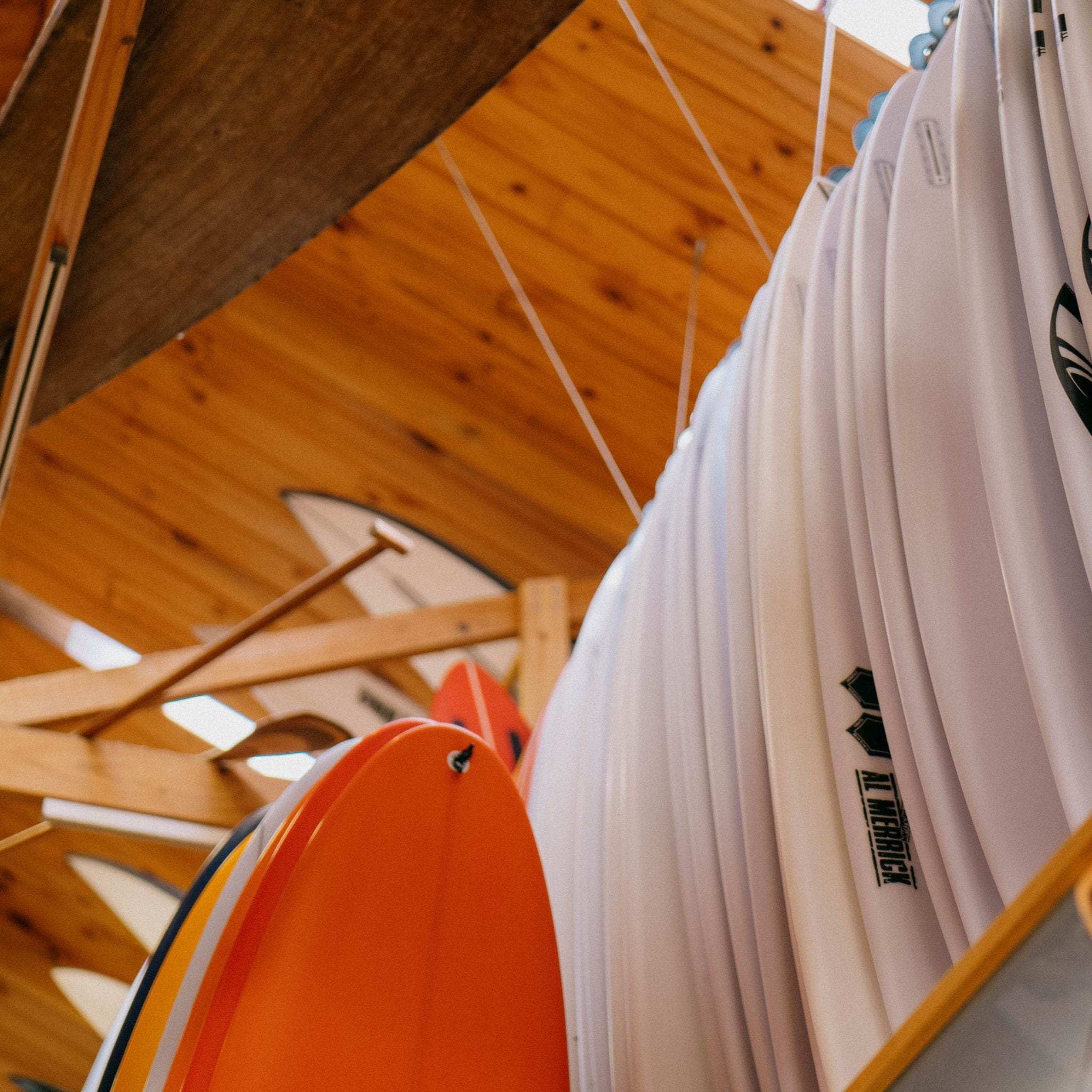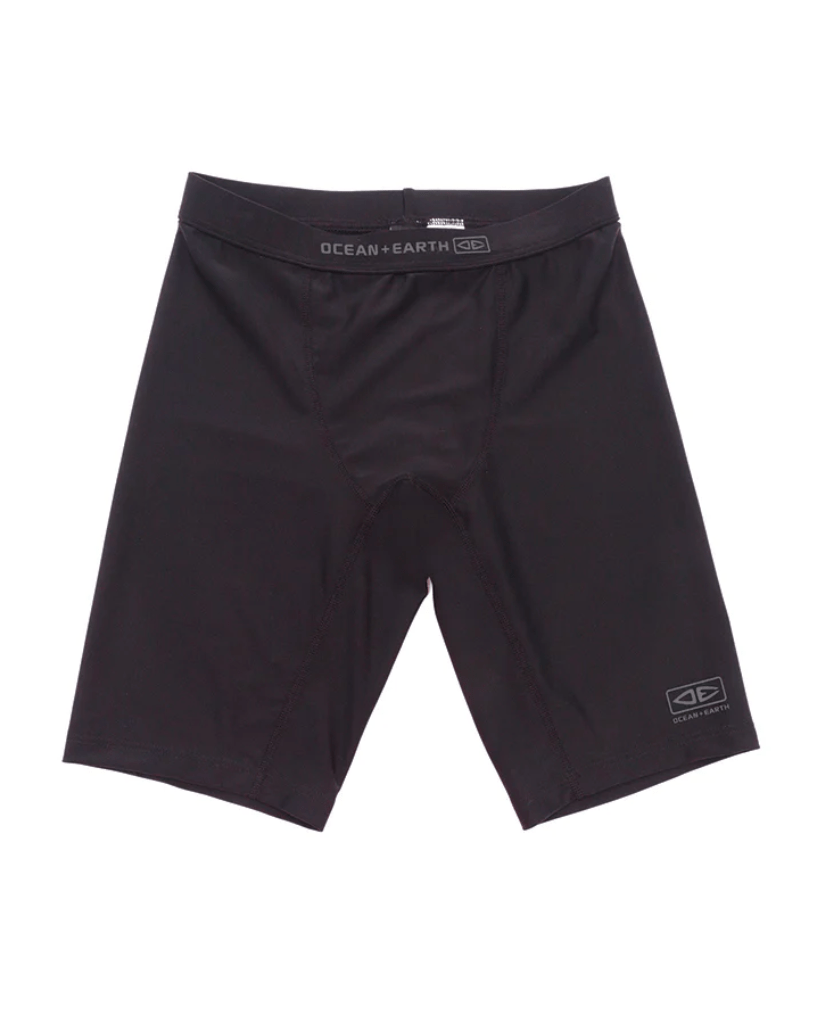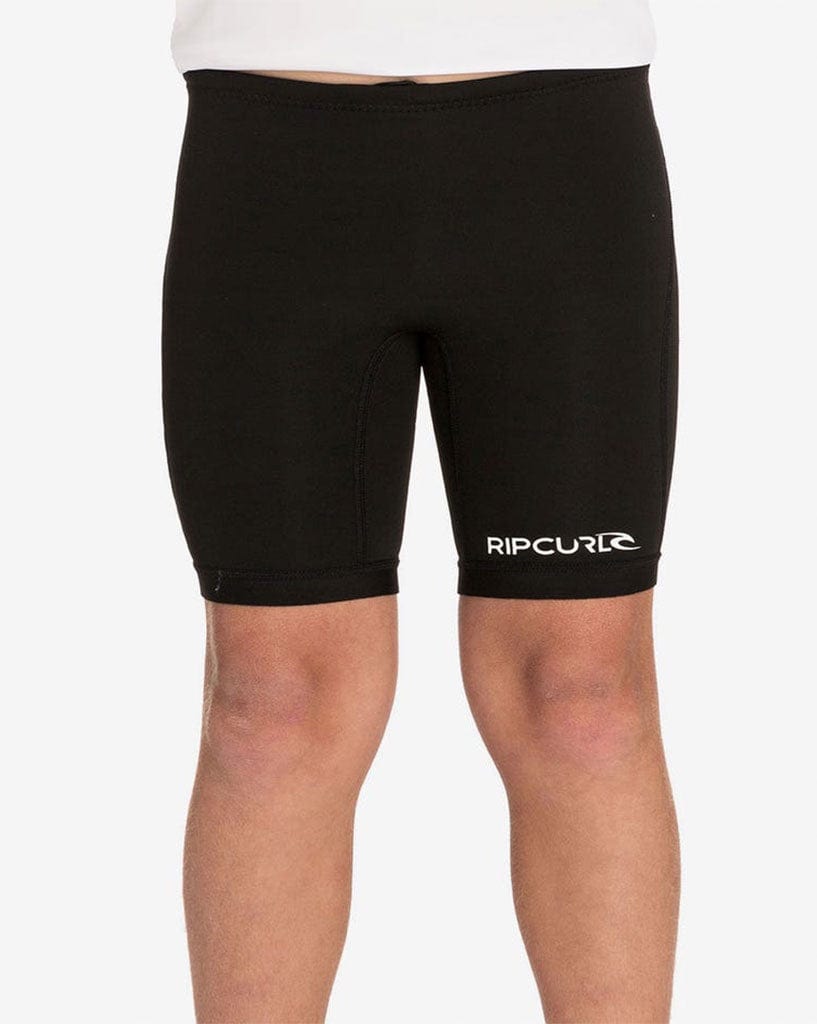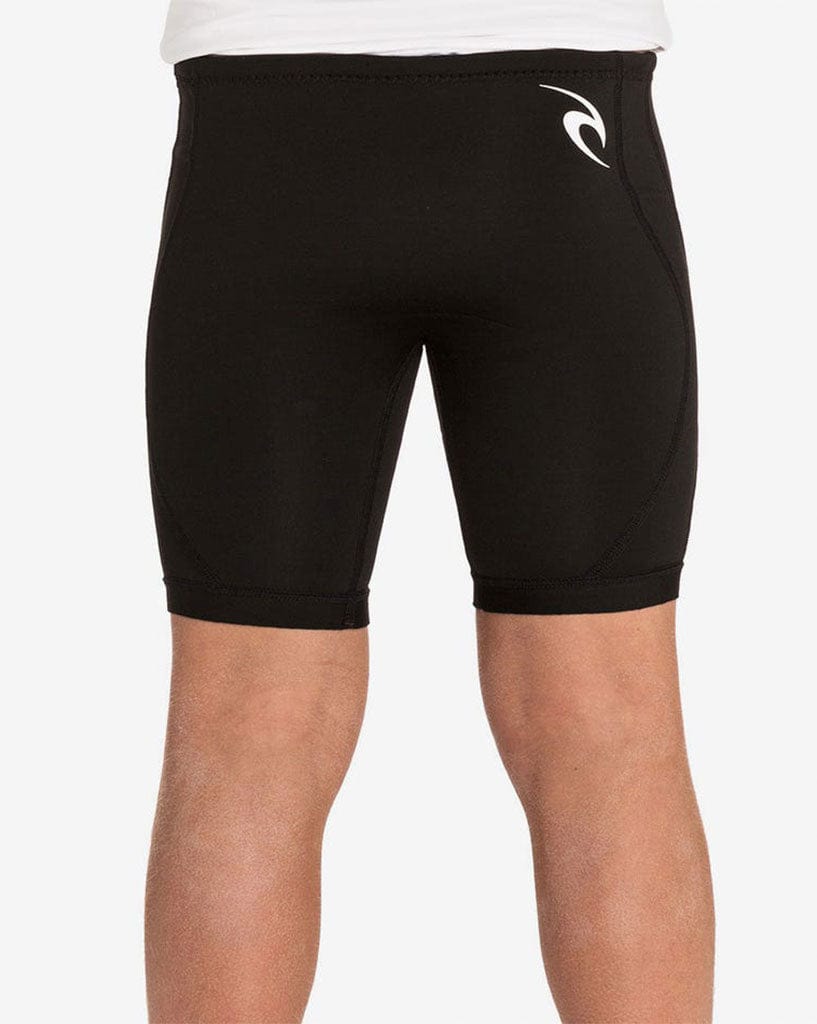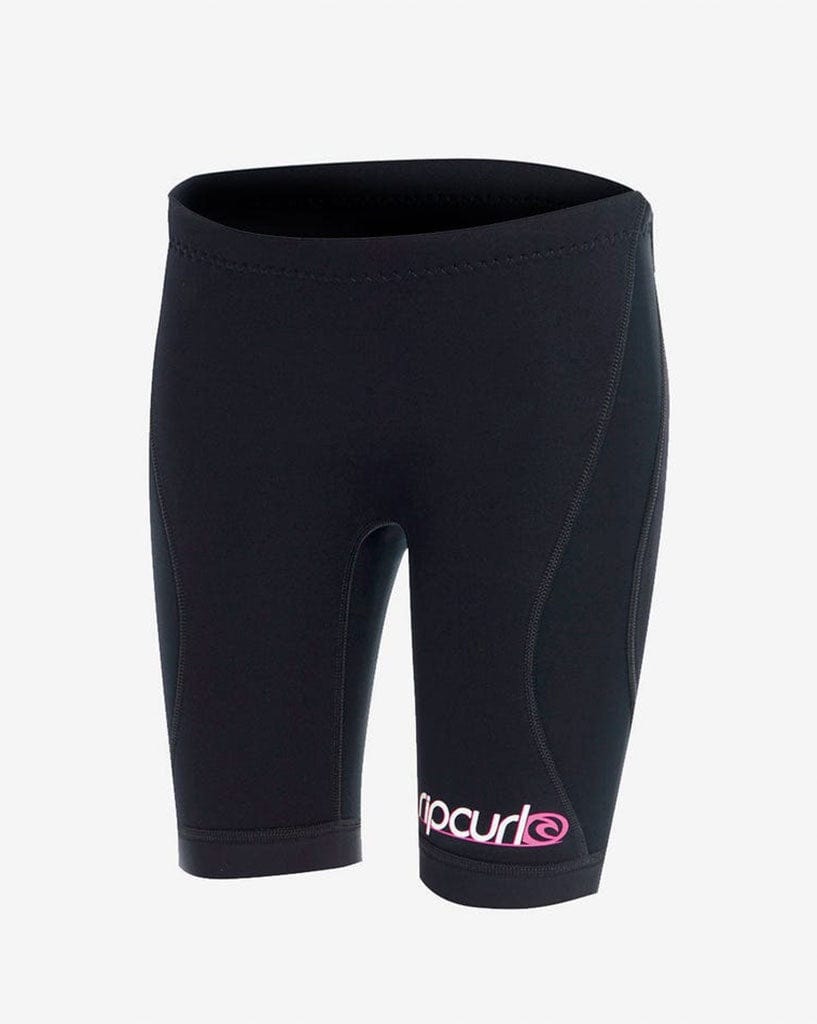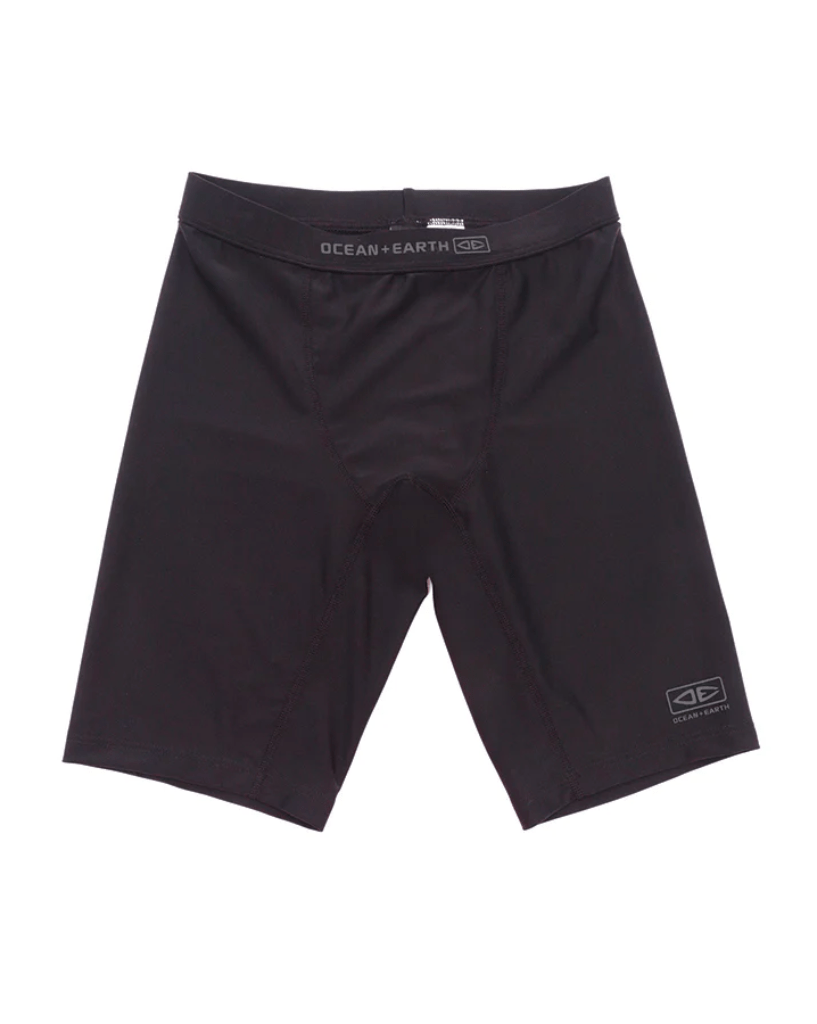Welcome to our Wetsuit Shorts collection, where we offer premium-quality wetsuit shorts designed for comfort, flexibility, and durability. Whether you're a seasoned surfer, swimmer, or water sports enthusiast, the right wetsuit gear is essential to enhancing your experience. Our collection features various styles and thicknesses, catering to different water temperatures and activity levels. In this guide, we'll also address common questions about wetsuits to help you make an informed decision.
How Do You Clean a Wetsuit?
Cleaning your wetsuit shorts is essential for longevity and performance. After each use, rinse the shorts in cool, fresh water to remove salt, sand, and other debris. Avoid using hot water, as it can damage the neoprene material. If your wetsuit shorts require deeper cleaning, use a specialized wetsuit cleaner or a mild soap (no harsh chemicals) to gently clean them. Afterward, hang them inside out in a shaded, well-ventilated area to dry. Avoid direct sunlight, which can cause the material to break down faster.
What is a Steamer Wetsuit?
While wetsuit shorts are designed for warmer water, you may have heard of a steamer wetsuit, which is ideal for colder conditions. A steamer wetsuit covers the entire body, from your wrists to your ankles, and is thicker than short wetsuits. The name "steamer" comes from the idea that it keeps your body warm, almost as if it were steamed. In contrast, wetsuit shorts provide freedom of movement, making them a great choice for more temperate conditions or summer activities where you want core warmth without full coverage.
What to Wear Under a Wetsuit?
You may wonder what to wear under your wetsuit shorts. For most people, less is more. Men often wear boardshorts or nothing at all, while women might opt for a bikini or a one-piece swimsuit. If you prefer more coverage or added warmth, you can wear a rash guard or thermal layer. Just make sure whatever you wear under your wetsuit doesn't restrict your movement or feel uncomfortable when wet.
Do Wetsuits Keep You Warm?
Yes, wetsuits, including wetsuit shorts, are designed to keep you warm by trapping a thin layer of water between your skin and the neoprene. Your body heats this water, creating a warm layer that insulates you from the cold. Wetsuit shorts are especially useful in moderately warm waters where you need protection but not full-body coverage. Their shorter length makes them ideal for keeping your core warm while providing maximum mobility for activities like surfing, paddleboarding, or snorkeling.
Do Wetsuits Stretch?
Wetsuits, including wetsuit shorts, are made from neoprene, which is a stretchy material. Over time, your wetsuit will mold to your body shape, becoming more comfortable with each use. However, it's essential to buy the correct size from the start, as an overly stretched wetsuit may lose some of its insulating properties. A snug-fitting wetsuit will provide the best warmth and comfort while still allowing for enough stretch to move freely in the water.
How Tight Should a Wetsuit Be?
A wetsuit should fit snugly but not restrictively. When you're trying on wetsuit shorts, they should feel tight enough that there's minimal water flow inside the suit but not so tight that they cut off circulation or make breathing difficult. A properly fitted wetsuit will slightly compress your body, but you should still be able to move your arms and legs freely. If the wetsuit feels too tight or restricts your range of motion, consider going up a size. Keep in mind that neoprene tends to loosen slightly once you're in the water.







